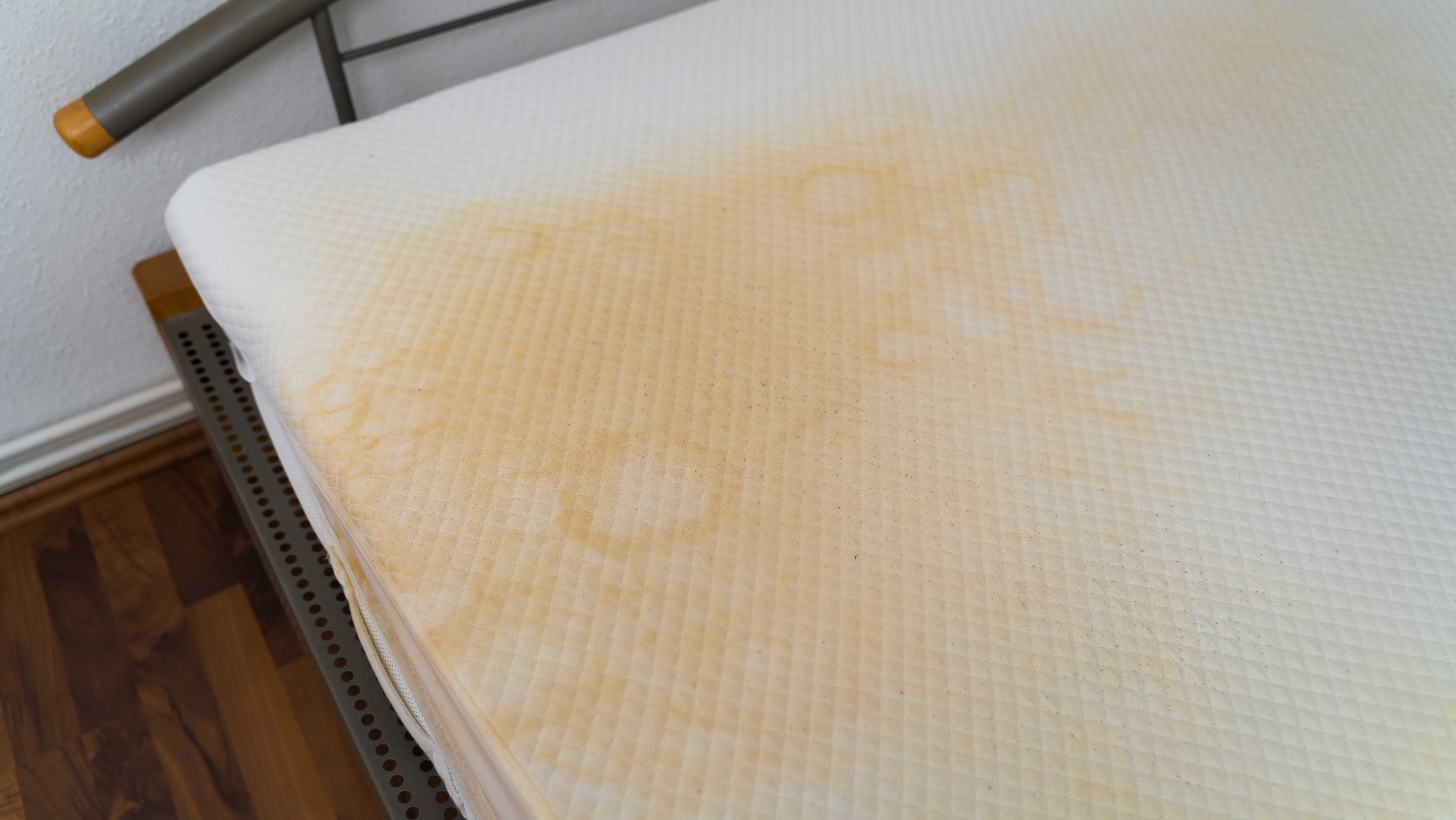
How often you should replace a memory foam mattress depends on several key factors, including the quality of the foam (and other materials) used to make it. Most all-foam mattresses can outlive hybrid and innerspring beds thanks to their simple designs (less materials to degrade), but cheaper memory foam is prone to wear and tear much faster.
You'll find a number of memory foam beds in our official best mattress 2024 guide as our mattress experts rate them highly for reducing pressure points during sleep (this means less aches and pains for you upon waking). While the best memory foam mattresses made of premium materials should need replacing less often, there are some easy-to-spot clues that you do actually need to buy a new bed.
Here, we look at how often you should replace a memory foam mattress and why. Plus, if you decide you do need to upgrade to something new, we've also picked out the three best budget memory foam beds to buy ahead of the Memorial Day mattress sales.
What is a memory foam mattress?
A memory foam mattress is any bed with an all-foam construction, including memory foam. These beds feature no coils or springs, and usually use a combination of foams to create a supportive and comfortable design.
They feature multiple layers of foams, each having different densities and properties, topped with a breathable cover. Memory foam beds often infused with temperature-balancing or cooling features to offset the heat-trapping tendencies of memory foam.

5 key signs you should replace your memory foam mattress
1. Your foam mattress is over 10 years old
Most memory foam mattresses come with a 10-year warranty for a reason. The maximum lifespan of a memory foam bed is 10 years, and the memory foam bed should be replaced as soon as it hits this mark.
It's also important to remember that, while memory foam beds can last for a decade, some all-foam beds can have a shorter lifespan depending on build, design or quality. So, if you see any of the other four signs on this list, you may need to replace your mattress before its 10th birthday.
2. It's no longer keeping you cool
While memory foam does have a tendency to trap heat, some all-foam mattresses contain temperature regulation materials to keep you cool and dissipate body heat. These include infusions of cooling gel, copper, graphite or green tea.
If your memory foam bed never caused night sweats or overheating up until now, then it could be a sign that the temperature control is deteriorating. Plus, if you live in a warm climate and your mattress is constantly exposed to high temperatures and UV sunlight, this can cause the cooling performance to decline quicker.

3. You're waking up with aches and pains
If your memory foam mattress is starting to sag thanks to prolonged use, expose to high temperatures, or an unsupportive bed frame, the surface will become uneven and will no longer provide enough support and comfort.
In fact, a sagging memory foam mattress won't provide enough cushioning pressure relief for side sleepers, leading to joint pain in the shoulders and hips. Likewise, a sagging memory foam bed won't support back sleepers and stomach sleepers' hips. When the hip region isn't supported in these sleep positions, the spine will become misaligned and can lead to lower back pain.
4. There's extensive sagging
Even the best hybrid mattresses are prone to sagging due to their use of coils or springs that can wear out easily and cause creaking and premature sagging. While memory foam beds don't use springs so don't deteriorate as quickly, it doesn't mean they are immune to premature sagging.
If you haven't been rotating (not flipping) your memory foam mattress every three to six months to spread out wear and tear, then it will start to sag and dip over time. Also, if your bed frame has slats that are widely placed apart, the foam will spill through and expedite the sagging.
5. It's covered in stains and rips

If your mattress has been exposed to everyday life - from sharp objects to food spills - this can lead to rips and stains (especially if you haven't been using using a mattress protector).
Even sweat and natural body oils can build up and lead to yellowing and foam deterioration, and rips and stains can quickly become a breeding ground for bacteria. So, if you've noticed your mattress has become discoloured or torn (or you're skin has become irritated from the unclean surface), then it's time you get a new memory foam bed (plus a good mattress protector).







